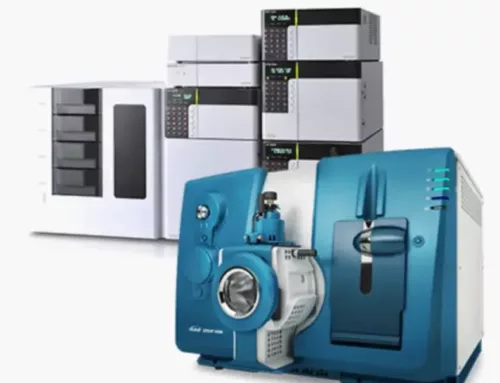In this article, we will embark on a chronological journey through the key milestones that have shaped the development of LC-MS technology. Our exploration will unveil the transformation of LC-MS from its inception as a marriage of analytical methods to its modern-day role as a vital instrument in medical testing.
Introduction: The Fusion of Analytical Power
The origins of liquid chromatography mass spectrometers can be traced back to the convergence of two fundamental analytical techniques: liquid chromatography and mass spectrometry. Liquid chromatography, introduced in the early 20th century, was designed to separate complex mixtures into their individual components. Mass spectrometry, emerging around the same time, provided the ability to identify substances based on their mass-to-charge ratios.
Early Developments: Pioneering Integration
The seed of LC-MS was sown in the 1970s when the limitations of gas chromatography mass spectrometers (GC-MS) prompted scientists to seek a solution for analyzing non-volatile and thermally unstable compounds. The fusion of liquid chromatography with mass spectrometry became the answer, extending the analytical capabilities beyond what GC-MS could achieve.
Technological Advancements: The 1980s and Beyond
The 1980s marked a turning point as technological advancements propelled LC-MS into the forefront of analytical instrumentation. Industry leaders such as Agilent Technologies and Waters Corporation played pivotal roles in driving innovation. Enhanced ionization techniques, sensitive detectors, and refined mass analyzers contributed to unprecedented levels of accuracy and precision in compound identification.
Application Expansion: The 1990s and Accessible Insights
The 1990s saw LC-MS transitioning from the academic realm to practical applications across various industries. Laboratories in pharmaceuticals, environmental analysis, and clinical diagnostics began to harness its power. Instrument manufacturers like Shimadzu Corporation entered the market, further catalyzing the expansion of LC-MS accessibility and usability.
Advancements in the 21st Century: Precision and Integration
The 21st century has witnessed a renaissance of LC-MS technology. High-resolution mass analyzers, coupled with sophisticated software algorithms, have elevated LC-MS to unprecedented levels of precision. The technology has evolved from mere compound identification to quantitative analysis, setting the stage for its indispensable role in medical testing and scientific research.
The Road Ahead: Innovations on the Horizon
Looking ahead, the future of LC-MS appears promising. Advancements in miniaturization, integration with artificial intelligence, and data processing capabilities are poised to redefine the boundaries of analytical capabilities. These innovations will not only expedite analyses but also unlock new realms of research, from personalized medicine to biomarker discovery.
Conclusion: A Continual Journey of Advancement
The evolution of liquid chromatography mass spectrometers stands as a testament to human ingenuity and the relentless pursuit of analytical excellence. From its inception as a hybrid technique to its current status as a cornerstone of modern laboratory analysis, LC-MS embodies the spirit of innovation that defines scientific progress.
As you reflect on the journey of LC-MS, remember that Pulsar Instrument Support stands ready to be your partner in sustaining this progress. With a history of providing maintenance and repair services, we are dedicated to ensuring that your LC-MS systems continue to catalyze advancements in medical testing and scientific discovery.
For more insights and perspectives, explore the articles offered by Pulsar Instrument Support—a gateway to enhancing your understanding of laboratory technology. To learn more about our services and how we support the critical role of LC-MS in healthcare, reach out to us today.


